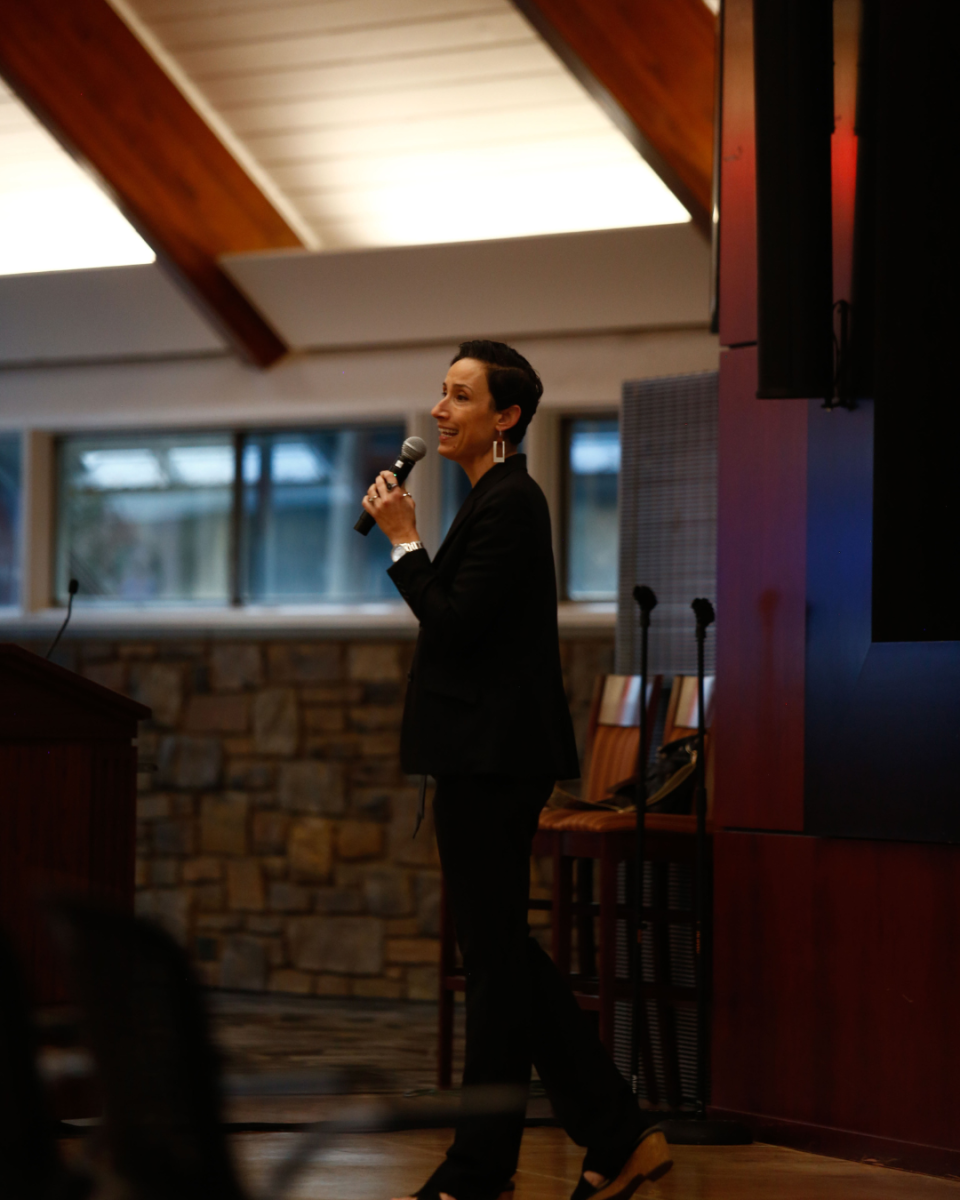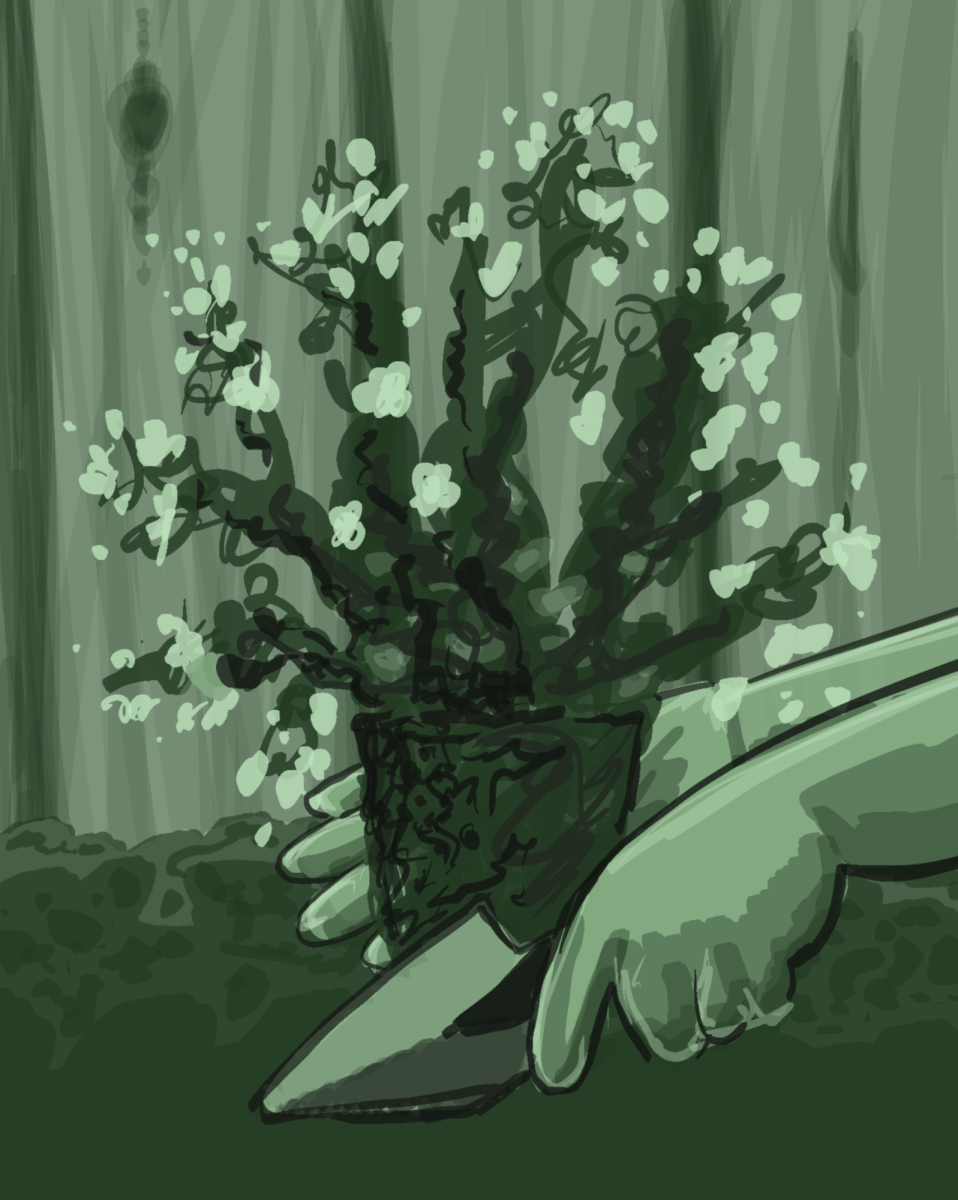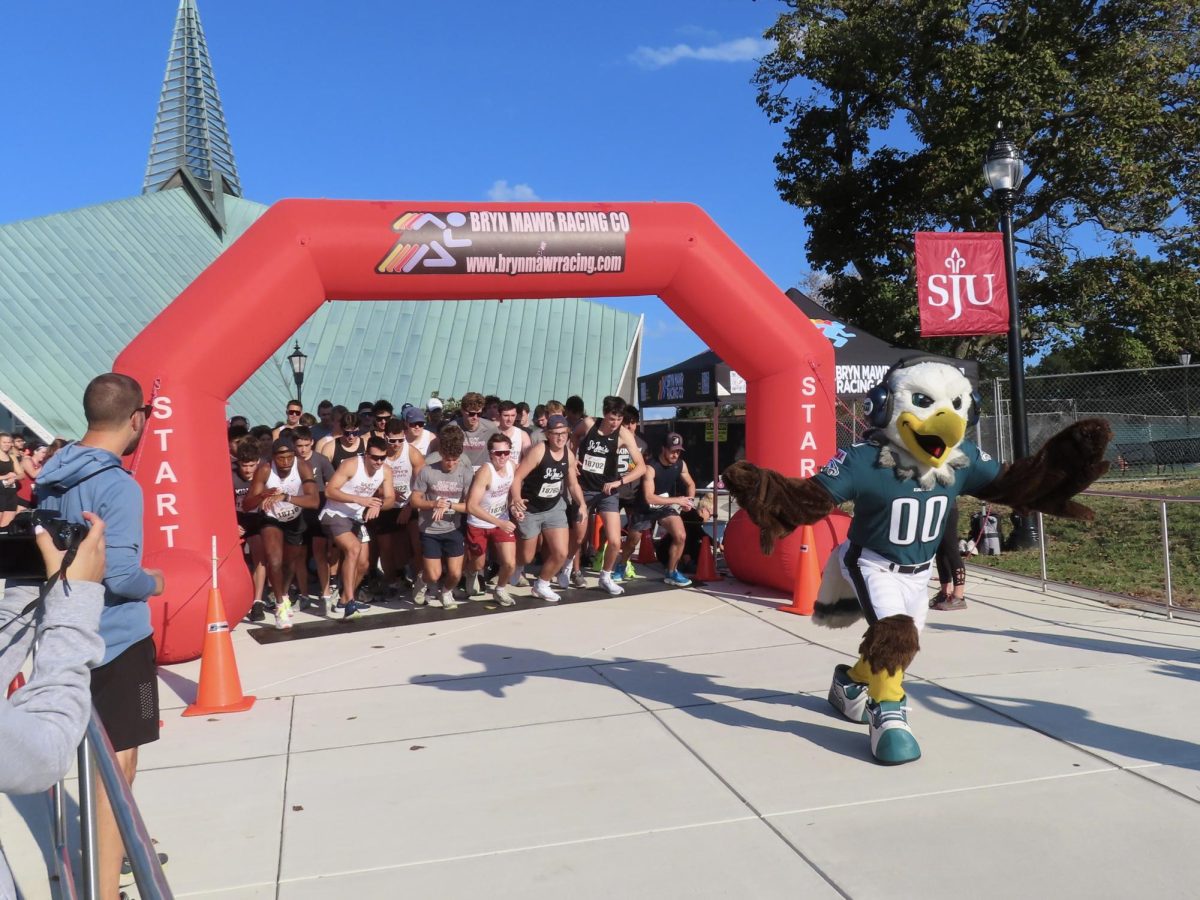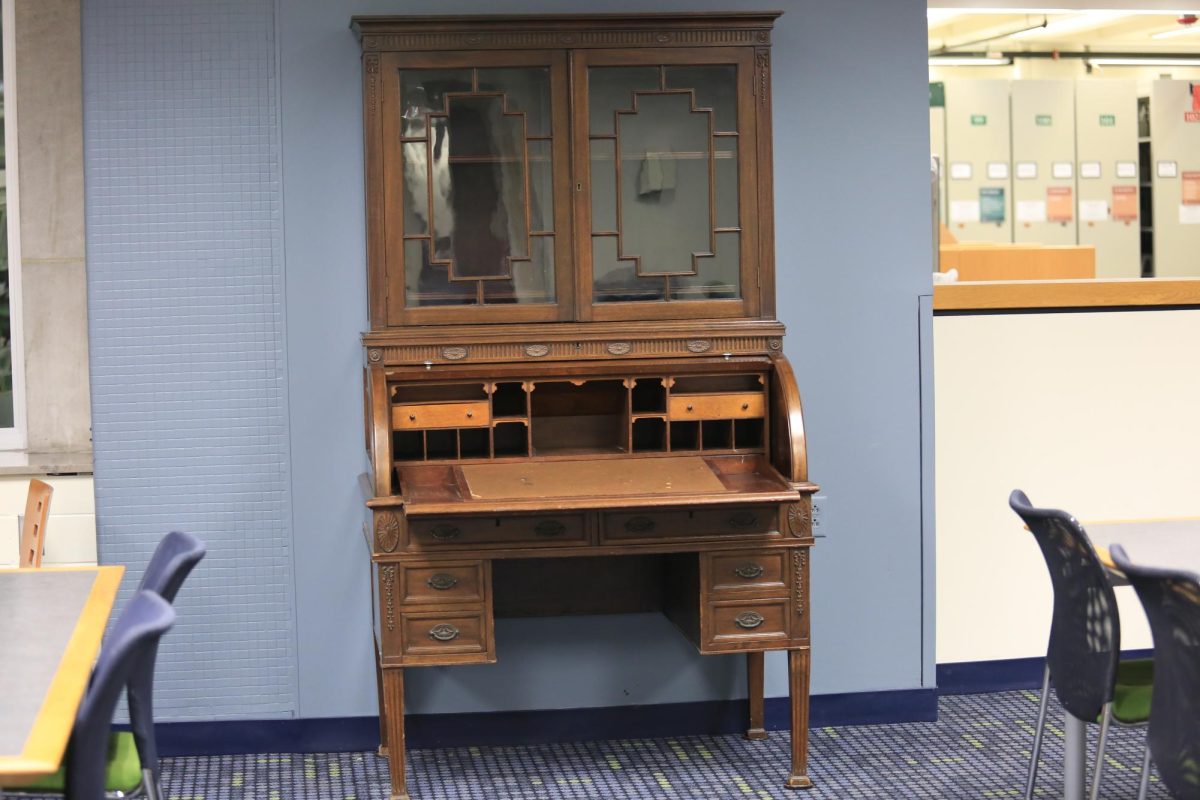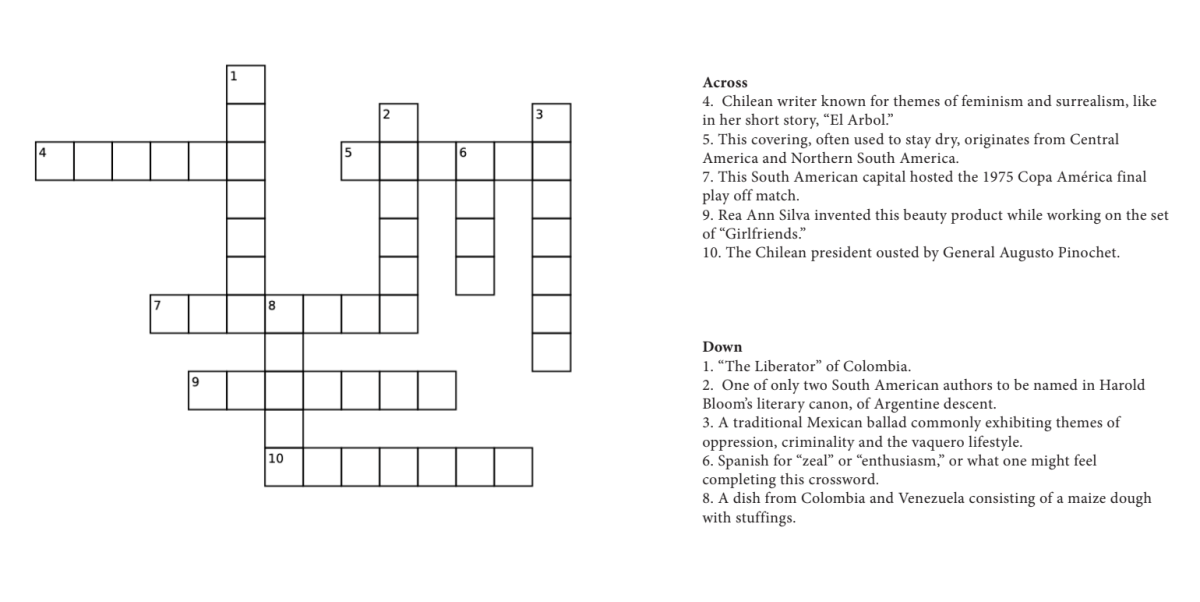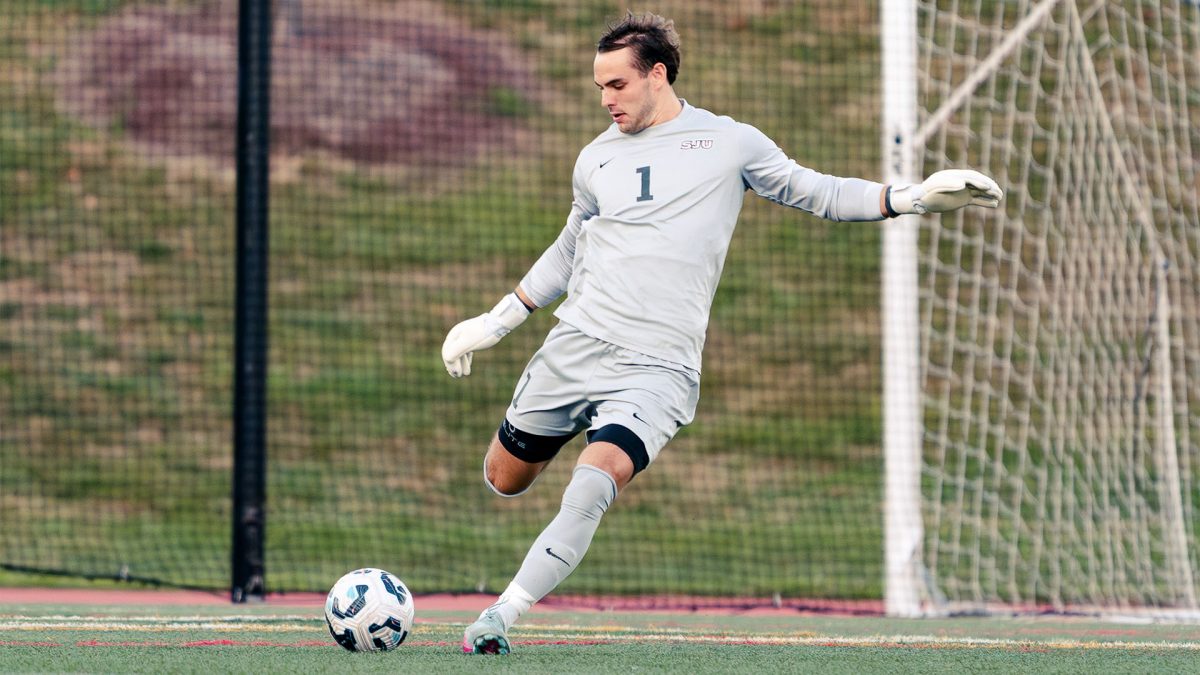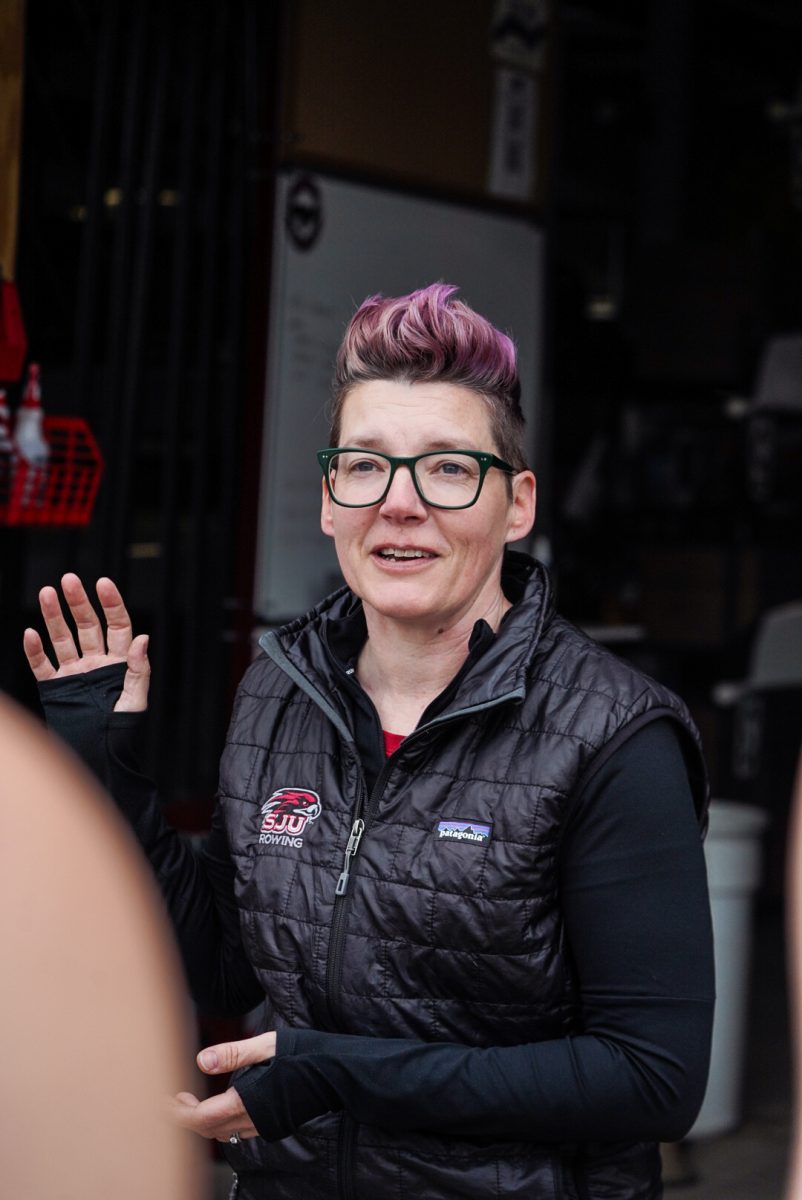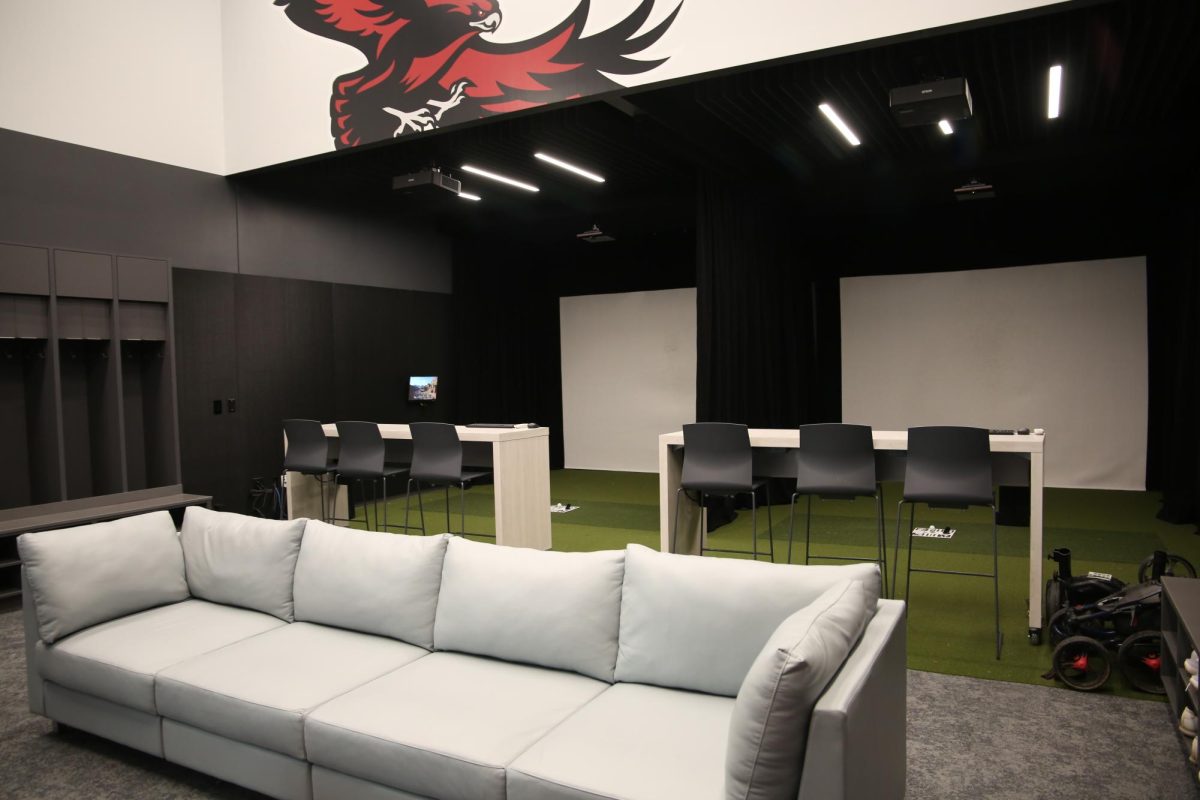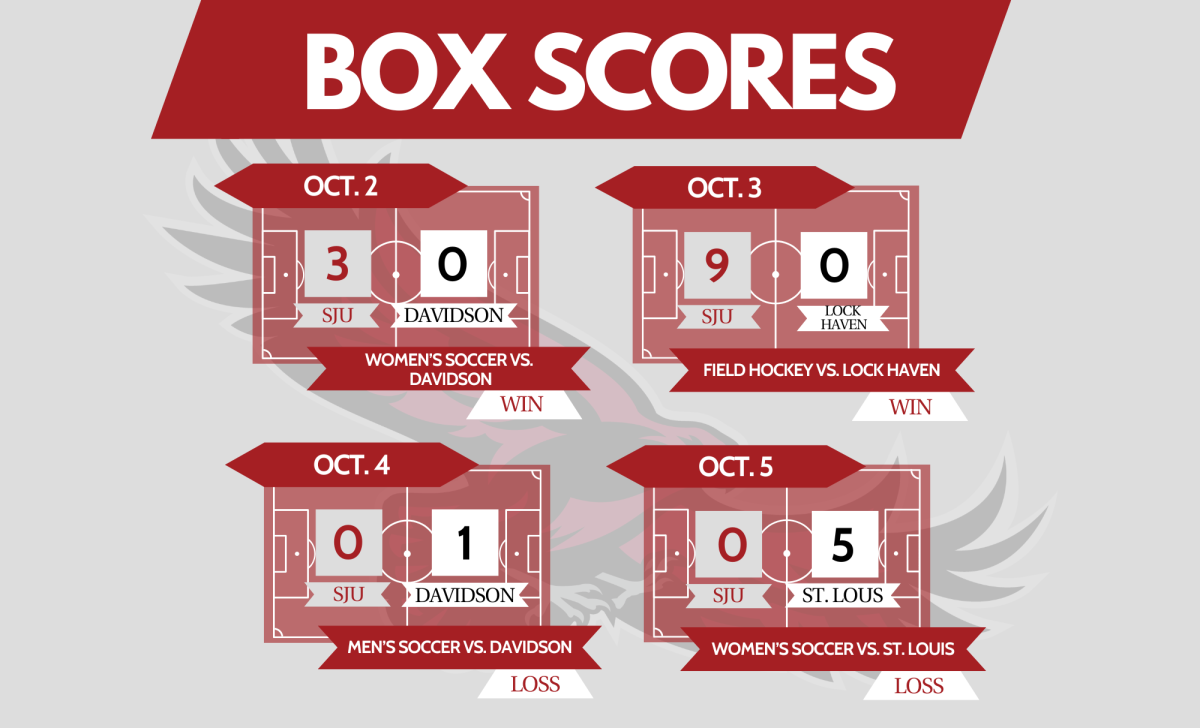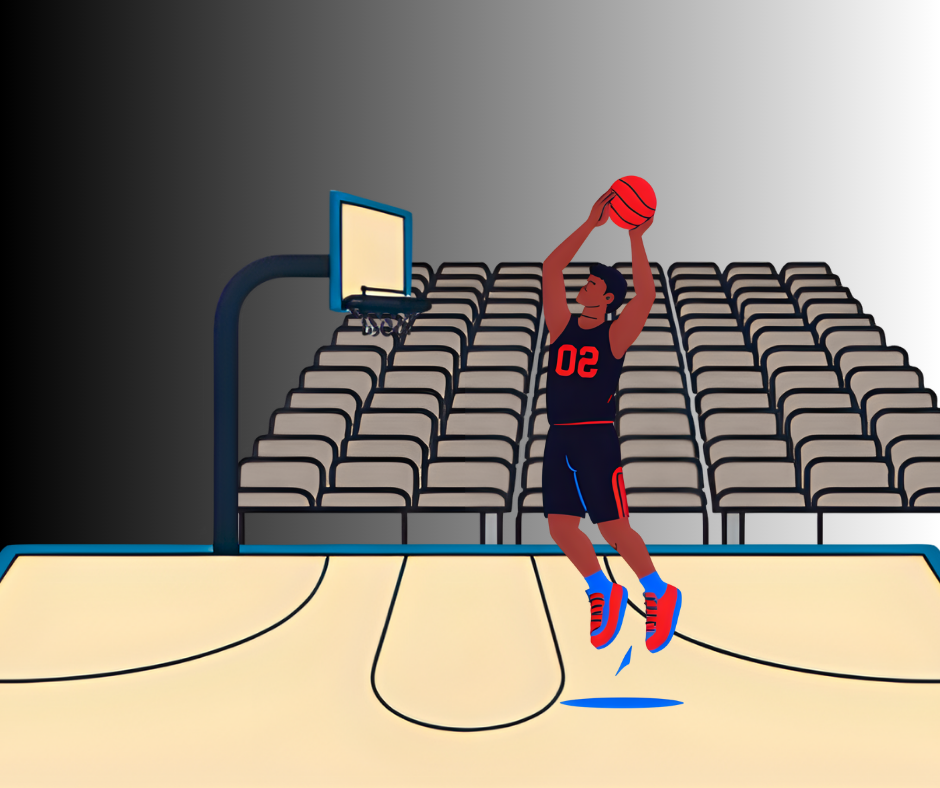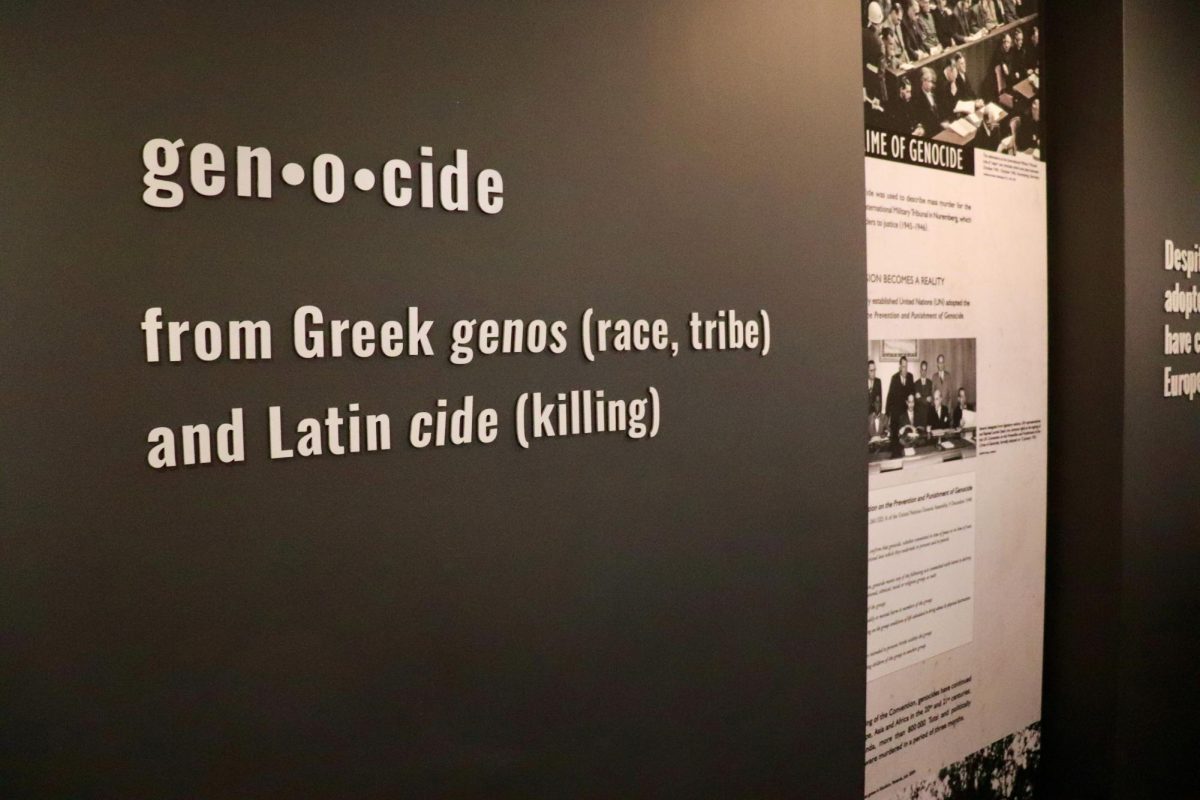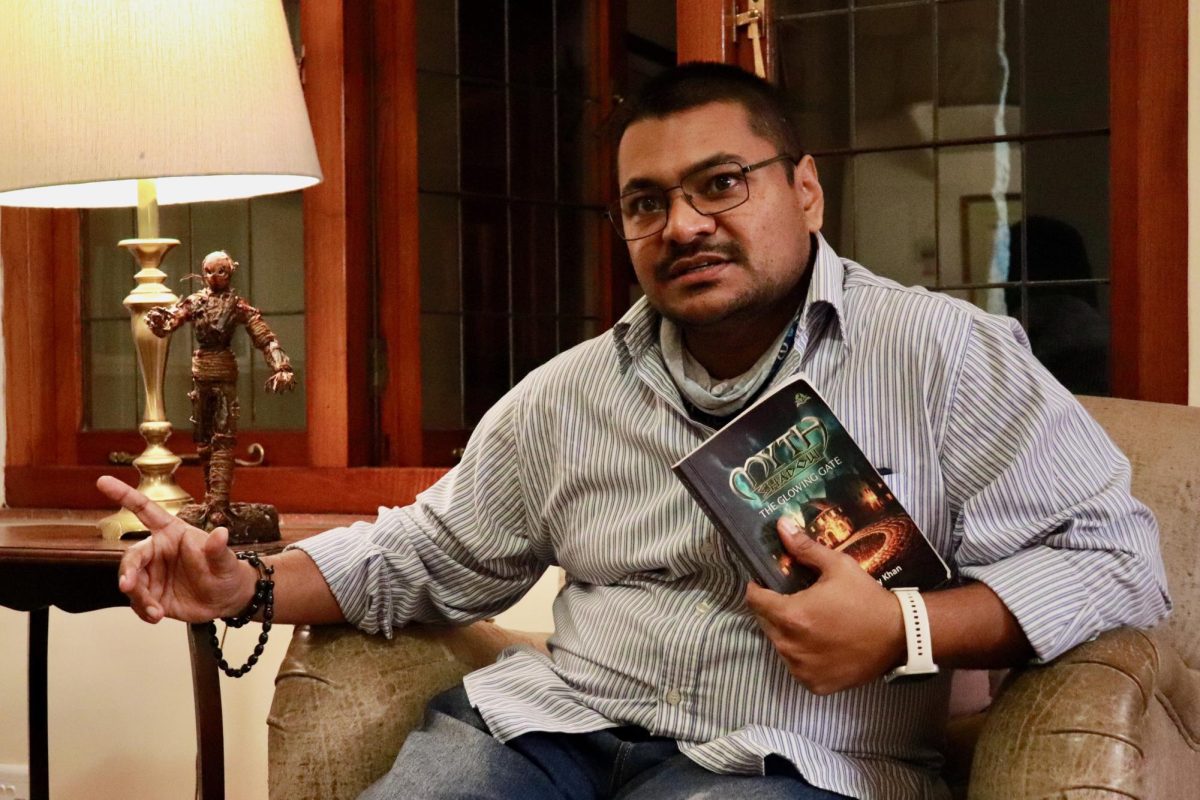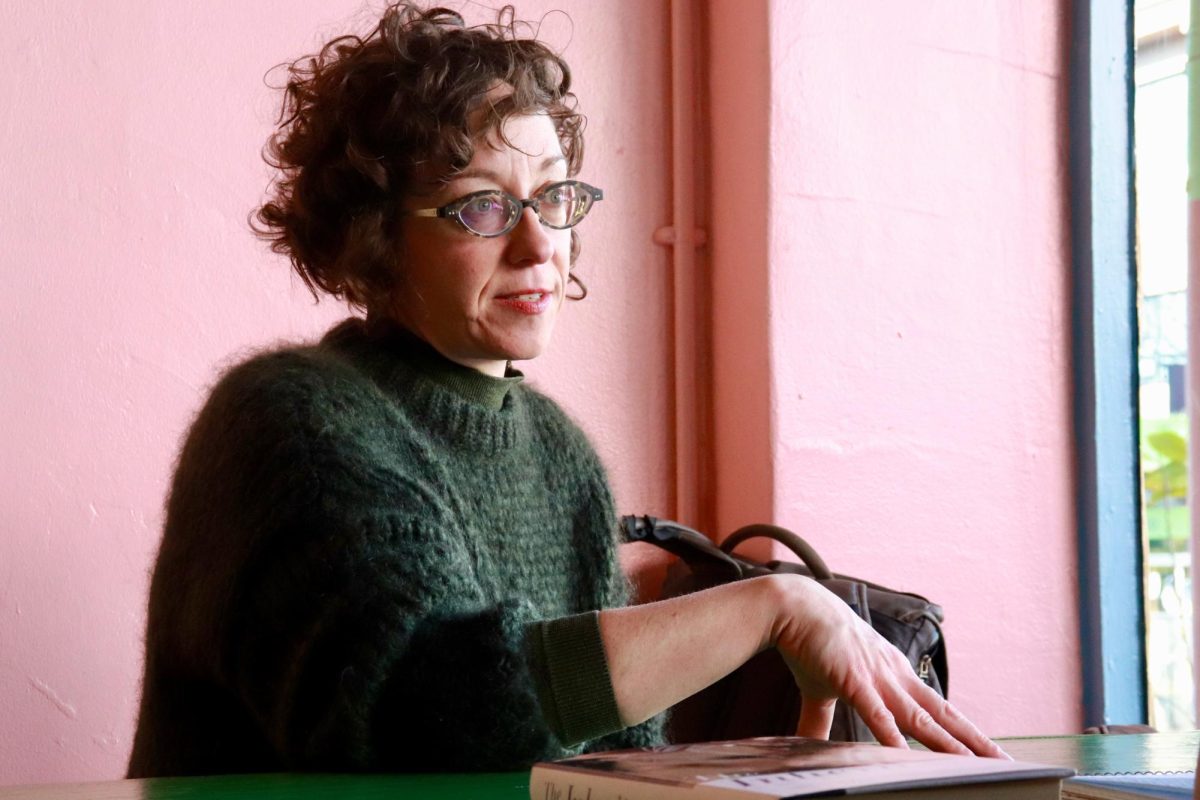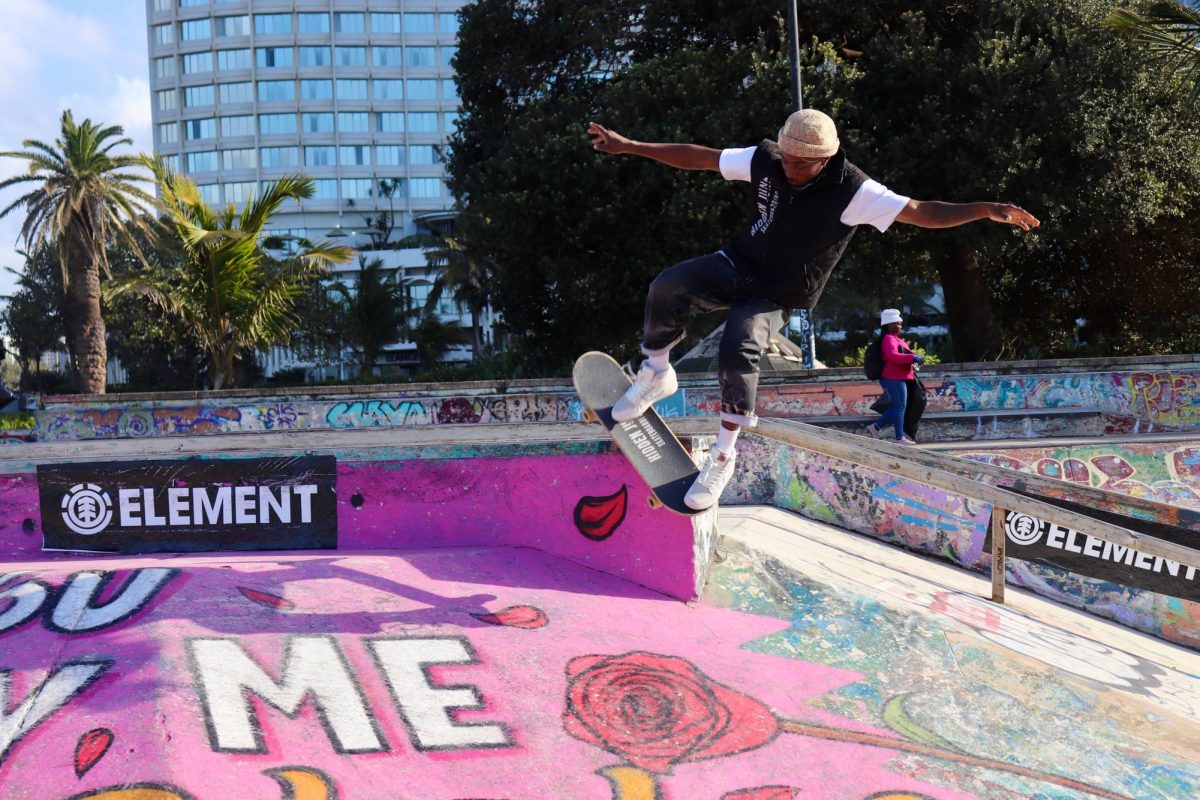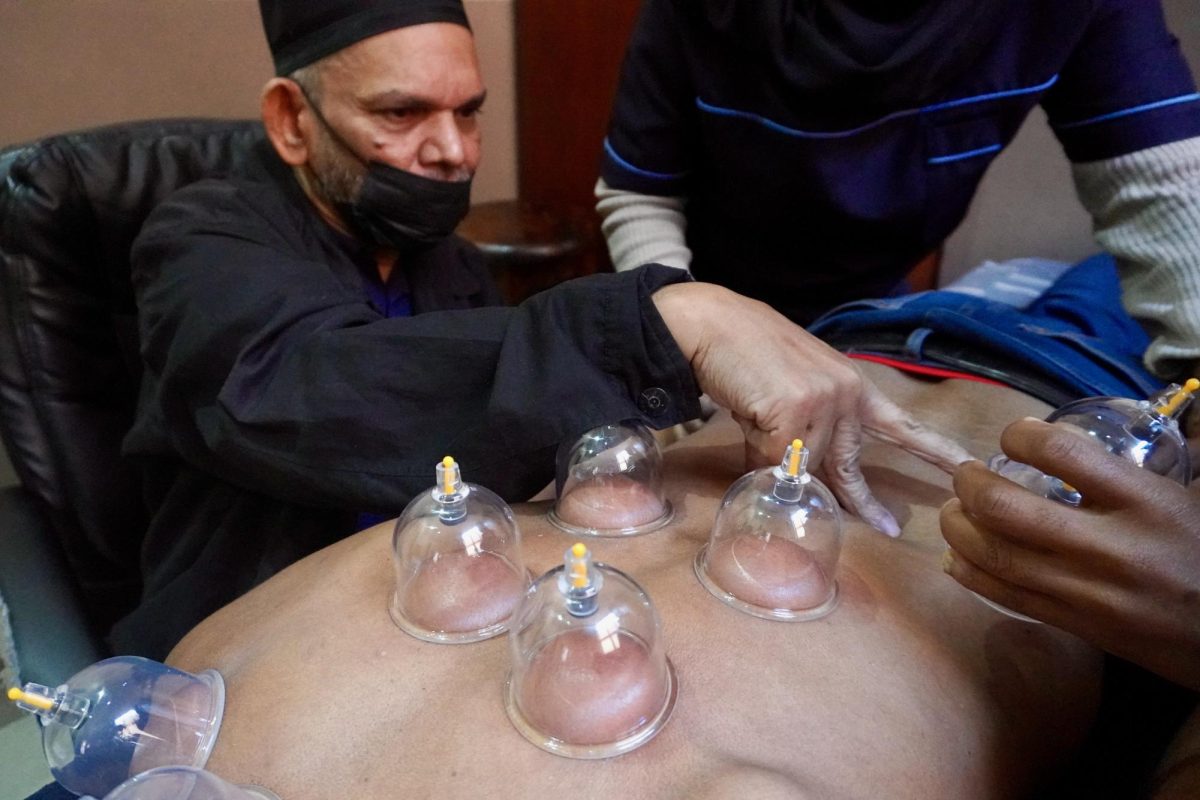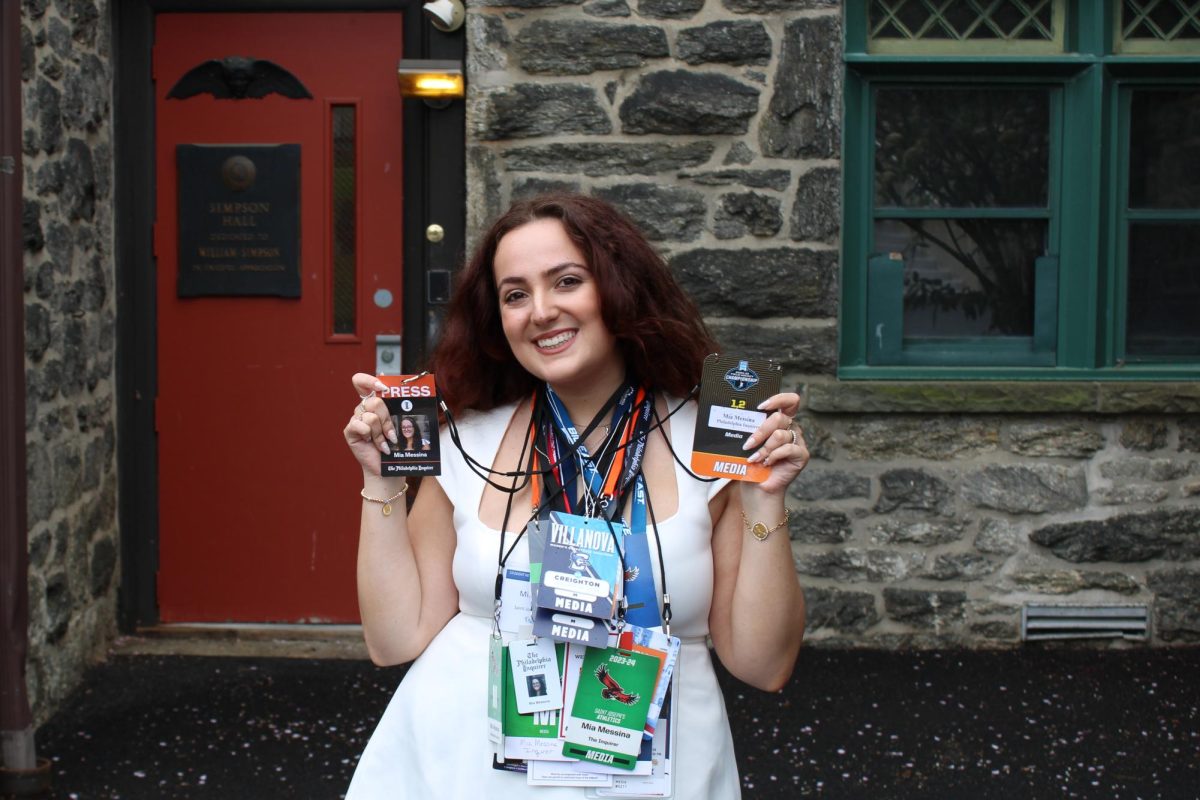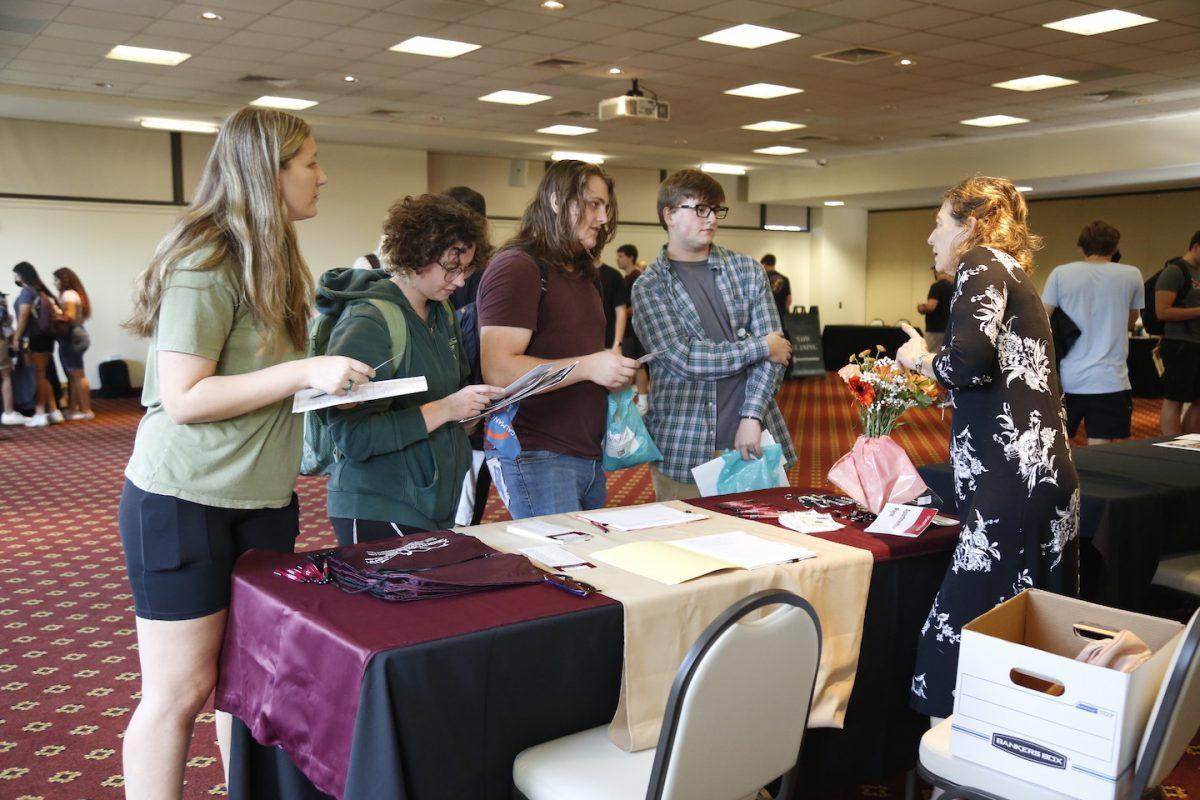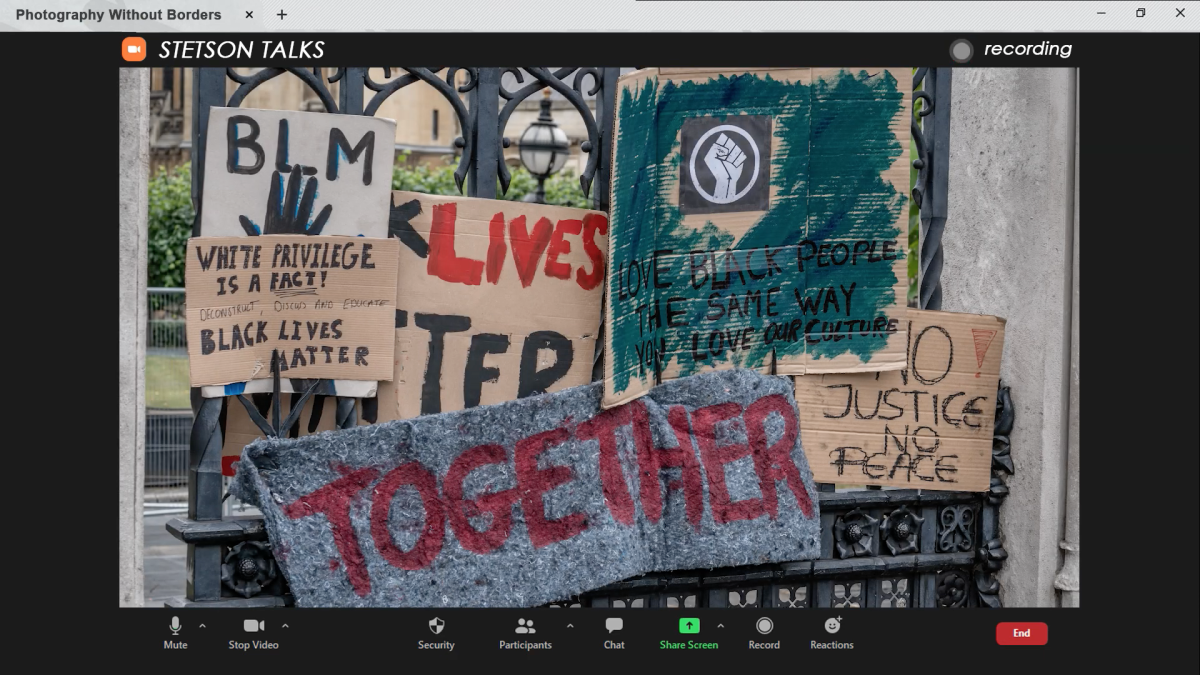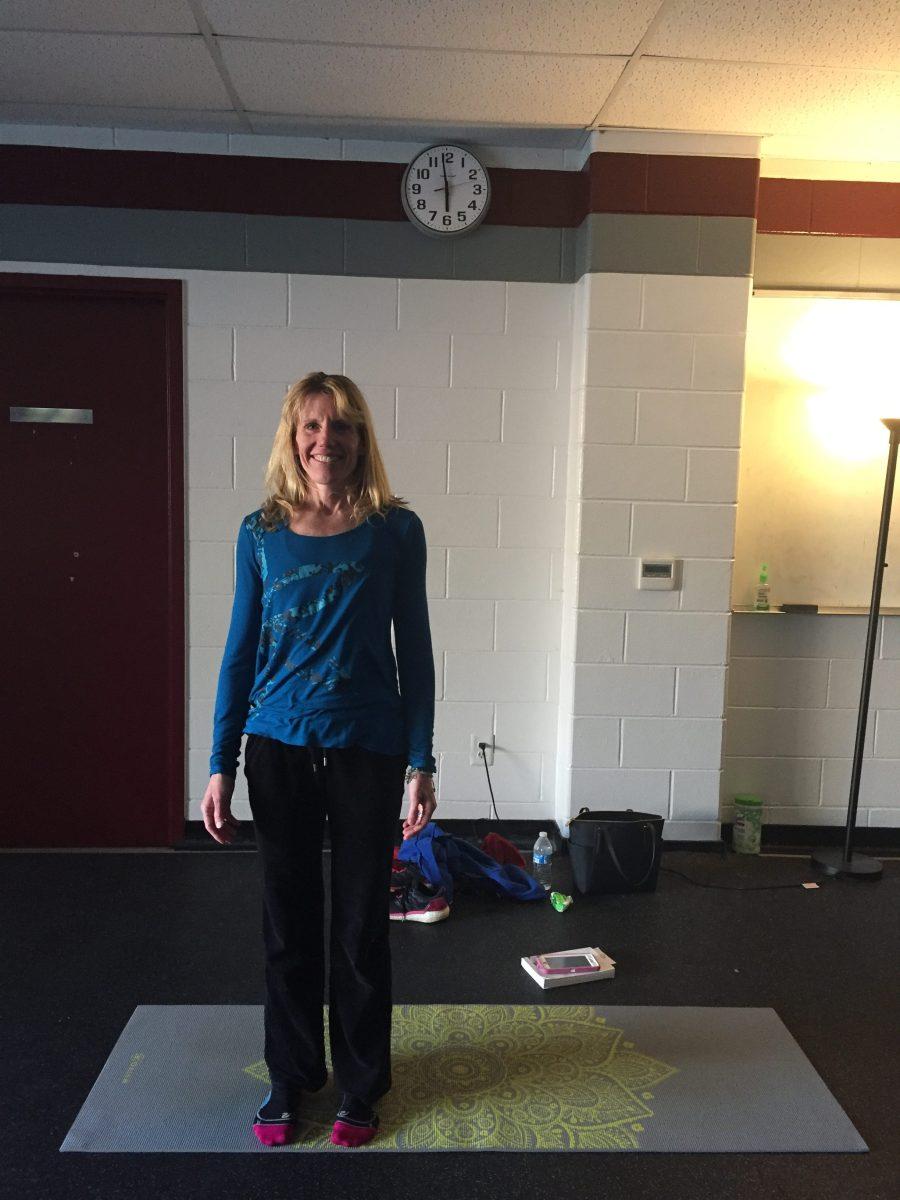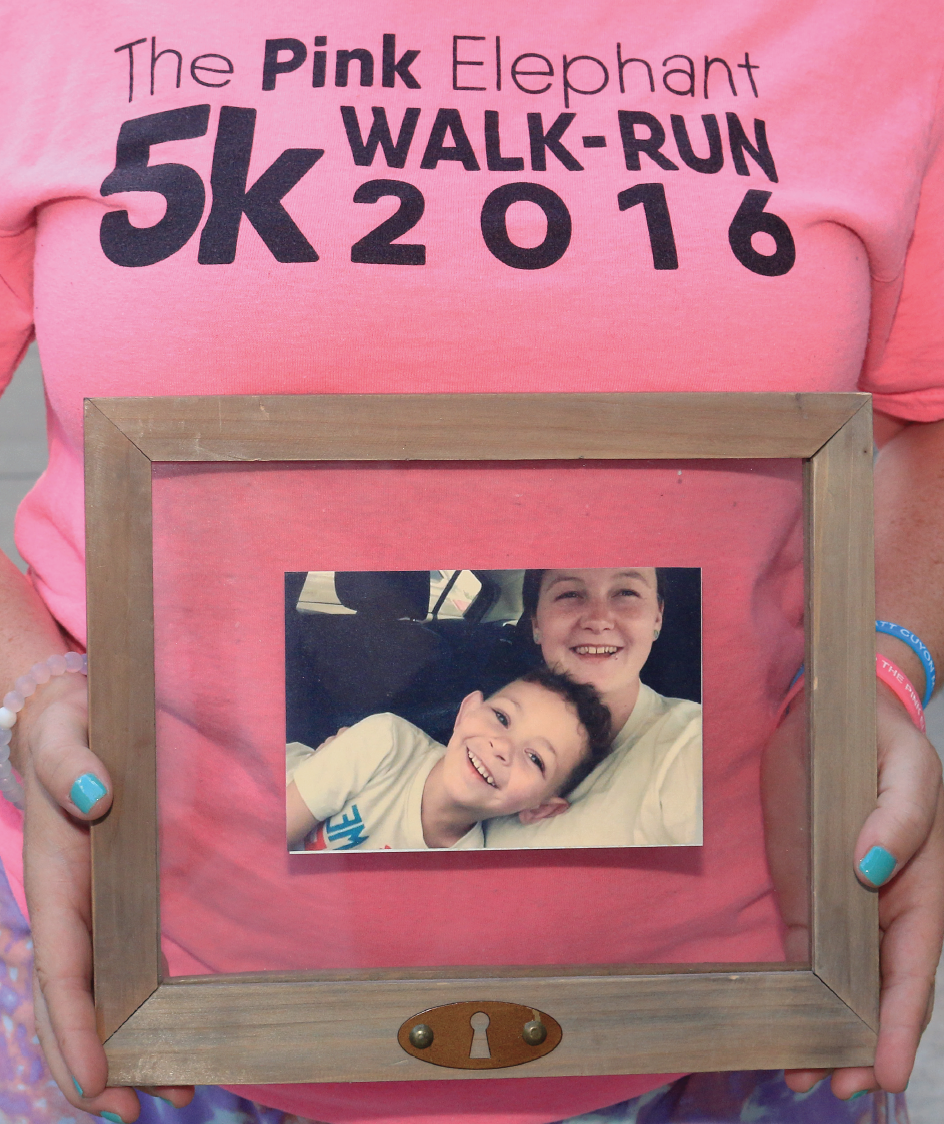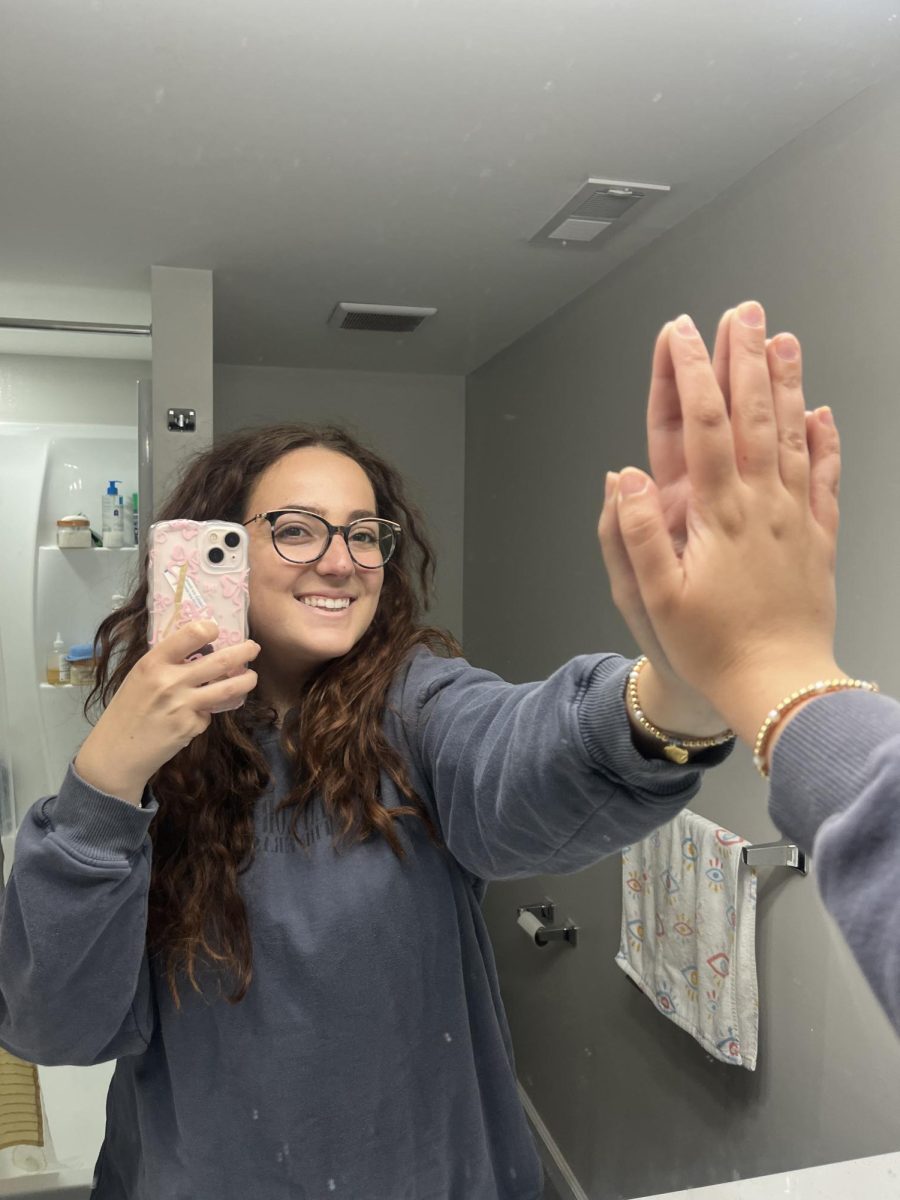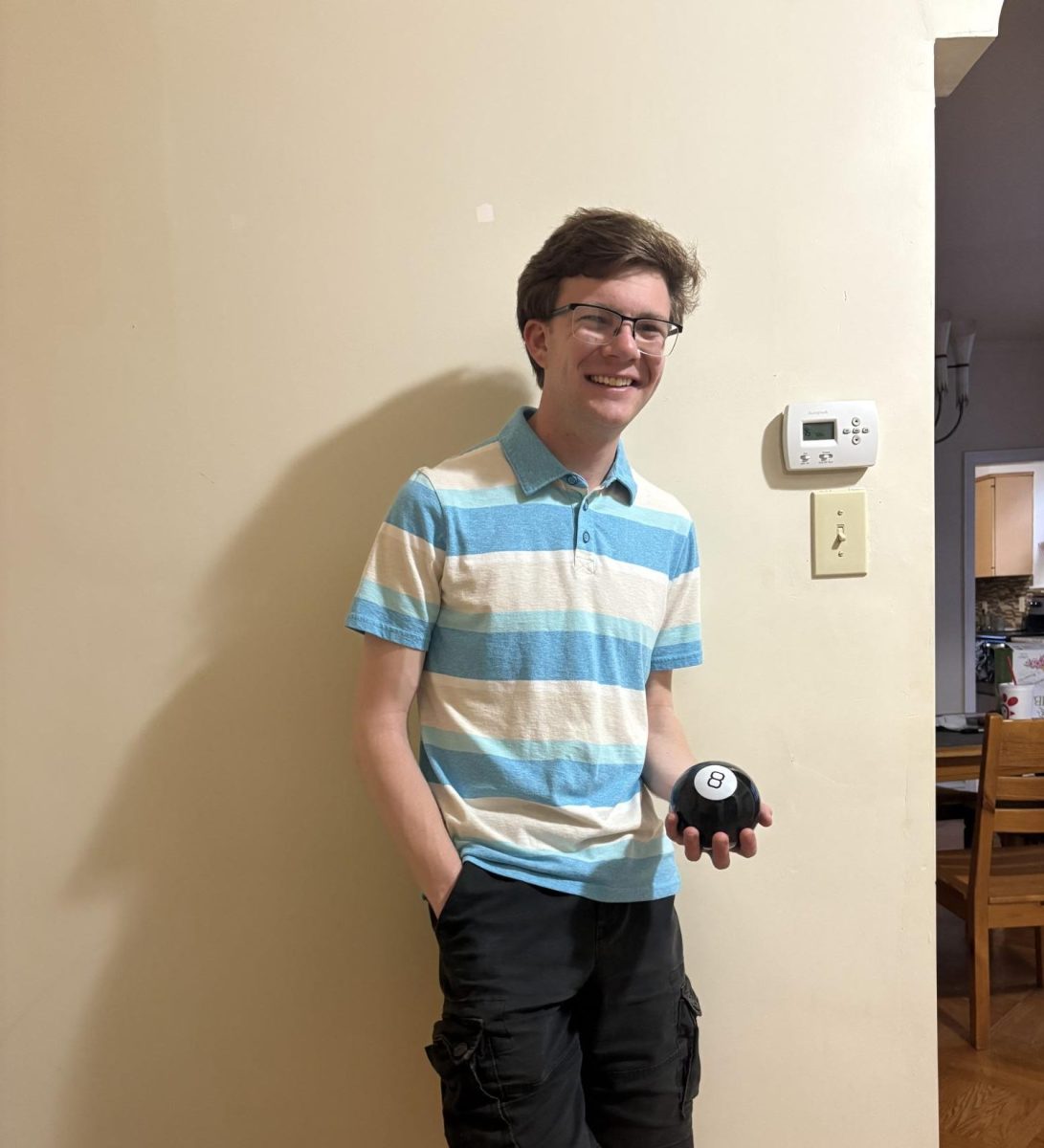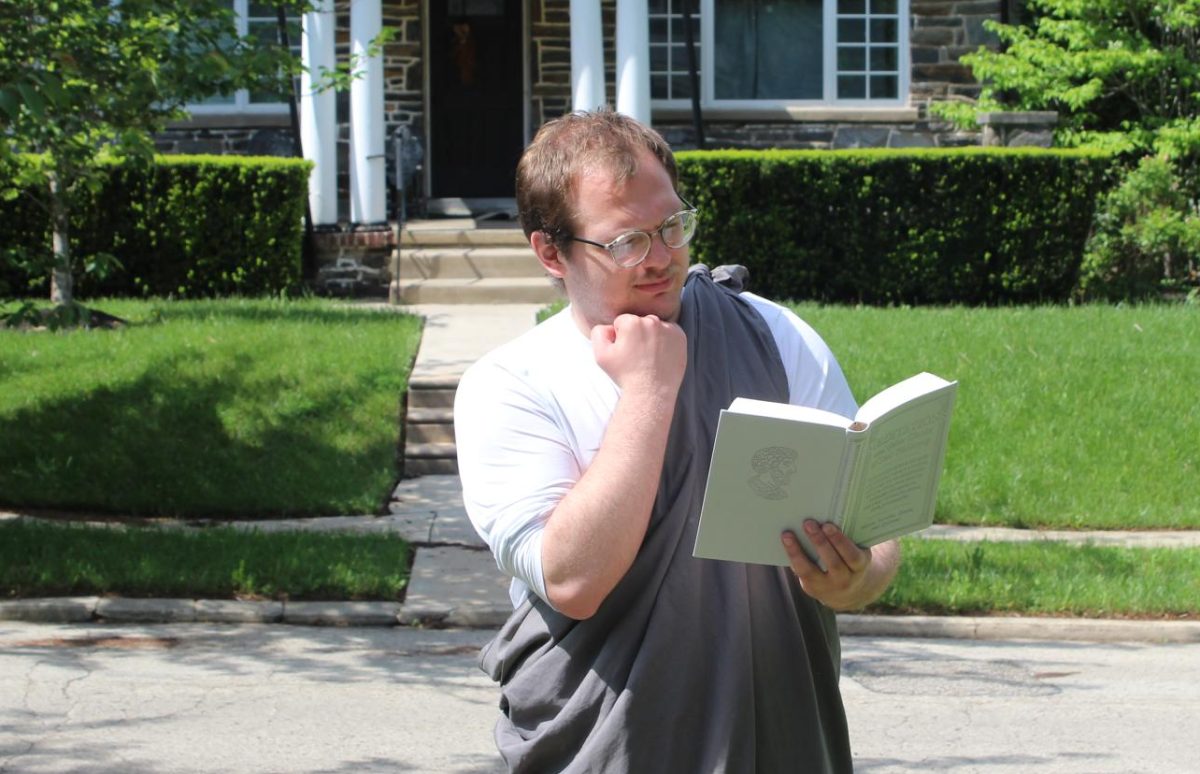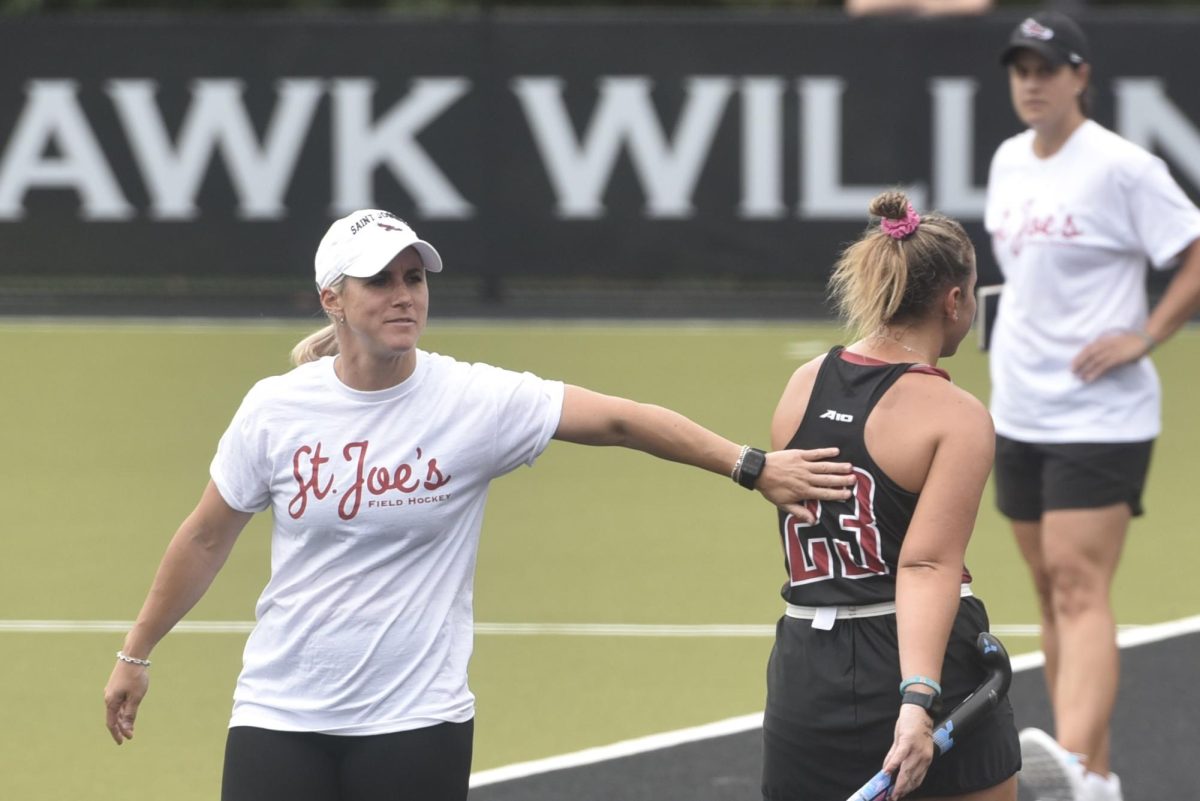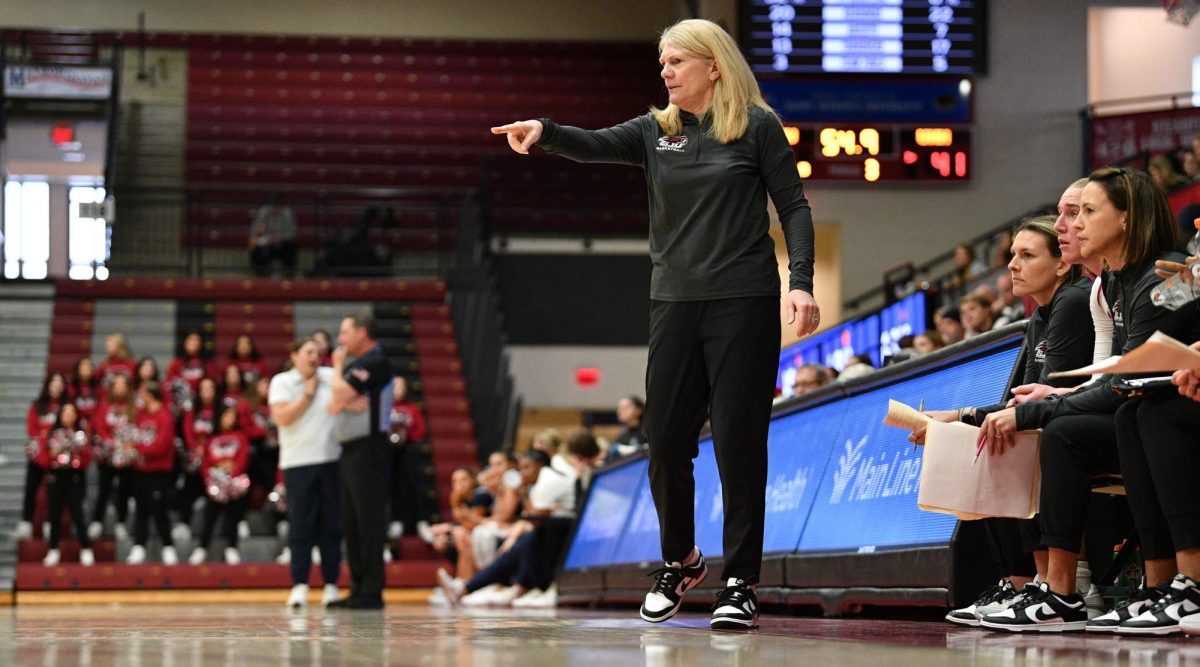Before she was the first woman journalist to cover a Major League Baseball beat, Claire Smith was a Penn State college student unsure of what she wanted to do.
During the nearly three years she was at Penn State, the now 71-year-old Smith studied pre-law, political science and then history before dropping out. The one thing she knew for certain: She loved baseball.
“It preoccupied my leisure time,” said Smith, who grew up in Bucks County, Pennsylvania, and rooted for the Dodgers. “In the back of my mind, unbeknownst to me, I thought, ‘Well, I’d like to work in baseball.’”
Smith’s father, William Smith, eventually sat her down and asked what she wanted to do. Baseball, she told him.
“‘Well, do it. Let’s do it,’” Smith said her father replied. “‘Go back to school. We’ve got you on this. Just get back in school and go after what you want.’”
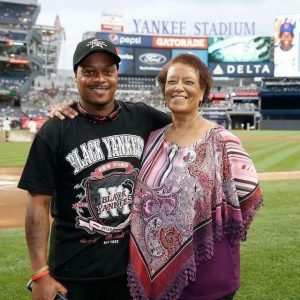
So Smith returned to higher education studying public relations at Temple University. As part of the curriculum, she took a journalism course with Jacqueline Steck, then-professor of journalism and director of undergraduate publications. A “proverbial light bulb” went off, Smith said.
“If I was a journalist, as opposed to public relations, I could write my own ideas and have my own voice,” Smith said. “And that’s when I decided, there and then, to pursue being a baseball reporter.”
While taking night courses at Temple, Smith also freelanced, covering whatever the Bucks County Courier Times needed in order to gain journalism experience. But she knew being a sports reporter at the Courier Times was a long shot. At the time, no women or people of color were on the Courier Times’ sports desk. Smith said she knew she wouldn’t be able to convince the editor to give her a chance, so she left the Courier in 1979.
Smith’s next stop was The Philadelphia Bulletin, but she still wasn’t given the opportunity to cover sports. When she told the managing editor at the time, Craig Ammerman, that she would be leaving the Bulletin to cover high school sports for Newsday, Smith was moved to the sports desk within the week. There, she covered University of Pennsylvania football and women’s college basketball.
When the Bulletin folded in 1982, Smith ended up at the Hartford Courant in Connecticut, where she wrote feature pieces on the Mets. That summer, in 1983, the Courant’s Yankees writer, Clemson Smith, was out with a knee injury. Claire Smith was asked to step in until he returned.
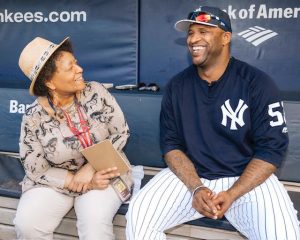
Once Clemson Smith was cleared to return, Jim Smith, the sports editor at the Courant, told Claire Smith he would lose his job if he took her off the beat. So, Clemson Smith became the beat writer for the Celtics while Claire Smith remained with the Yankees full-time, becoming the first woman to cover an MLB beat at any publication in the U.S.
Not only did Smith go on to fulfill her dream but she helped to forge a path for other women, and in particular, Black women like her.
Karen Turner, J.D., a former associate professor of journalism at Temple who worked with Smith, said while women like Smith didn’t have anyone to look up to in their journey, especially women of color, Smith is that role model for the women pursuing a career in sports journalism who came after her.
“It’s important to be able to see yourself, and so the fact that she has been there, been in the business since the 80s, you know that it’s possible,” Turner said. “For those people who didn’t have a role model, didn’t have someone who was there, that was really, really difficult, and she was one of those pioneers who didn’t.”
Turner said there is an important distinction to be made when looking at the strides women have made in sports journalism: intersectionality.
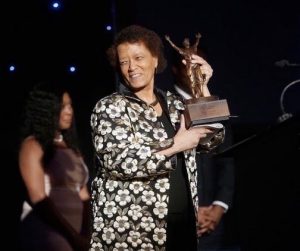
“We cannot forget that when we’re talking about these strides, the strides that women have made in sports, that we are not just talking about the collective of women,” Turner said. “We really have to look at the differences in the achievements of white women and the achievements of women of color because they are still very different.”
In 2021, 2.1% of the entire staff at Associated Press Sports Editors newspapers and websites were Black women, according to the most recent APSE report by The Institute for Diversity and Ethics in Sports at the University of Central Florida. White women accounted for 13.8% of staff.
A league of her own
What initially surprised Smith about her beat was the friendliness of the players’ wives, especially because she had been warned about the opposite. After talking to Gretchen Randolph, the wife of Willie Randolph, Smith fine-tuned her approach. She would first ask Gretchen Randolph how she was or ask about the Randoph’s kids. She would try not to interrupt dinner.
“Our way of approaching things differently than some of our male counterparts proved to be very helpful,” Smith said.
Smith was also struck, but not surprised, by the acceptance she felt from Black players in the locker room.
In 1982, the newly-formed Association for Women in Sports Media held a convention on the West Coast. Ronnie Lott of the San Francisco 49ers, who would go on to be a Hall of Famer, was there and was asked why Black athletes were more receptive to women journalists.
“His answer, it still resonates with me till this day,” Smith said. “He said the Black athletes understood what it was like to walk into rooms and be instantly hated, and so they gravitated towards us in a helpful, understanding way.”
Smith held the Courant’s Yankees beat writer position from 1982 until 1988 before becoming a national baseball columnist. She remained with the Courant in this role, while also being promoted to assistant sports editor until 1990. From 1990 to 1998, she was a national baseball columnist for the New York Times. When she adopted a son, Smith moved back home to the Philadelphia area and became a columnist for the Philadelphia Inquirer until 2007. After that, she became a baseball content editor for ESPN, where she stayed until 2021.
During those busy years, Smith was a two-time Pulitzer nominee, a recipient of three New York Times publisher awards and, in 2016, was named the recipient of the Baseball Writers Association of America’s Career Excellence Award. She was the first woman and the fourth Black person to receive that honor. In 2017, she received the “Robie Award” for Lifetime Achievement by the Jackie Robinson Foundation.
Giving voice to Black players
But even with all of her accolades, Smith said her proudest accomplishment was giving voice to the Black former players who were shut out of baseball. In the late 1980s, it was rare to see Black players further their careers by becoming general managers or members of the coaching staff.
“It was really one of the scourges of baseball, in that there were glass ceilings everywhere, and you very seldom saw African Americans given any more than lip service,” Smith said.
One incident from 1987 stands out. At the time, no MLB team had a Black general manager. On the eve of the 40th anniversary of Jackie Robinson breaking the color barrier in baseball, Los Angeles Dodgers general manager Al Campanis told Ted Koppel on Nightline that the glass ceilings in baseball existed because Black people didn’t have “the necessities” to be general managers or owners.
Smith wanted to address issues like this one as a columnist, and she is proud she was able to do so.
“Having a byline in The New York Times gave me the bandwidth to reach a lot of people in baseball and to keep the focus on something that I thought was very important,” Smith said.
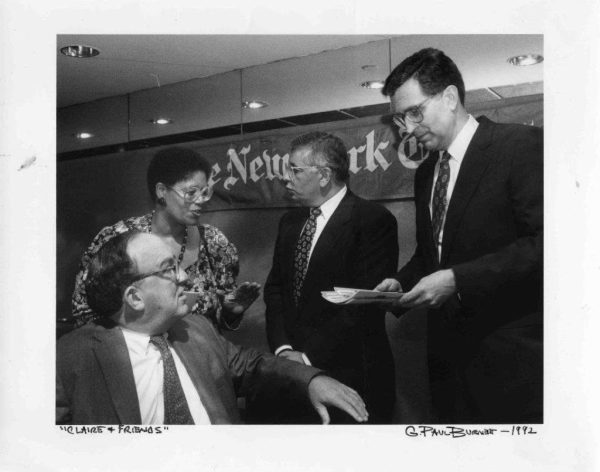
Paying it forward
In July 2021, Smith returned to her alma mater as an assistant professor of practice for Temple’s Klein College of Media and Communication. She also became the founding executive director of the Claire Smith Center for Sports Media at Temple.
In spring 2022, Smith joined Turner in regularly co-teaching “The Influence of Sports Media on Modern Society” until Turner retired after the spring 2023 semester.
Turner said having two Black women teaching a predominantly white and predominantly male classroom was important for the handful of women, and women of color, in the class with an interest in sports.
“We were hoping that with having that kind of representation in the front of the classroom, maybe that would also encourage more women to get involved in the program,” Turner said.
Turner said Smith’s career as a professor helps shape the next group of aspiring sports journalists.
“She has so much to bring to the table of the experiences that she had, being a pioneer, and also seeing how the challenges that still exist, recognizing that things have gotten better,” Turner said.
Young women in the sports industry like Gabriella Bamford ’22, MBA ’23, a marketing and retail coordinator for the MLB at the Jackie Robinson Training Complex, are recipients of that pioneering journey.
Bamford recalled growing up watching the Red Sox with her grandfather and never seeing female play-by-play announcers or color analysts. Now, things are starting to change as more women begin to appear in these positions.
“Women bring another dimension to any sort of meeting, any sort of industry, especially one that’s been male-dominated for so long,” Bamford said.
This other dimension, Smith said, is a strength, allowing her and other women covering baseball beats to bring a holistic approach to the way they cover the sport and its players.
“I see them in a more three dimensional way,” Smith said. “As human beings, as husbands, as fathers, as players who might be hurting because they were slumping, or their careers were coming to an end or they were feuding with the manager — just to see more of the humanity.”
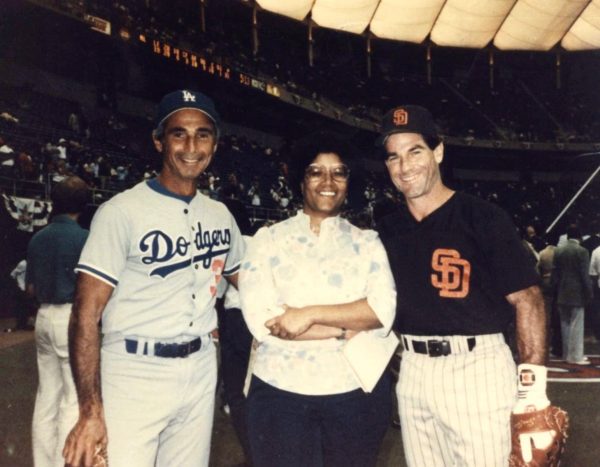
PHOTOS COURTESY OF CLAIRE SMITH


